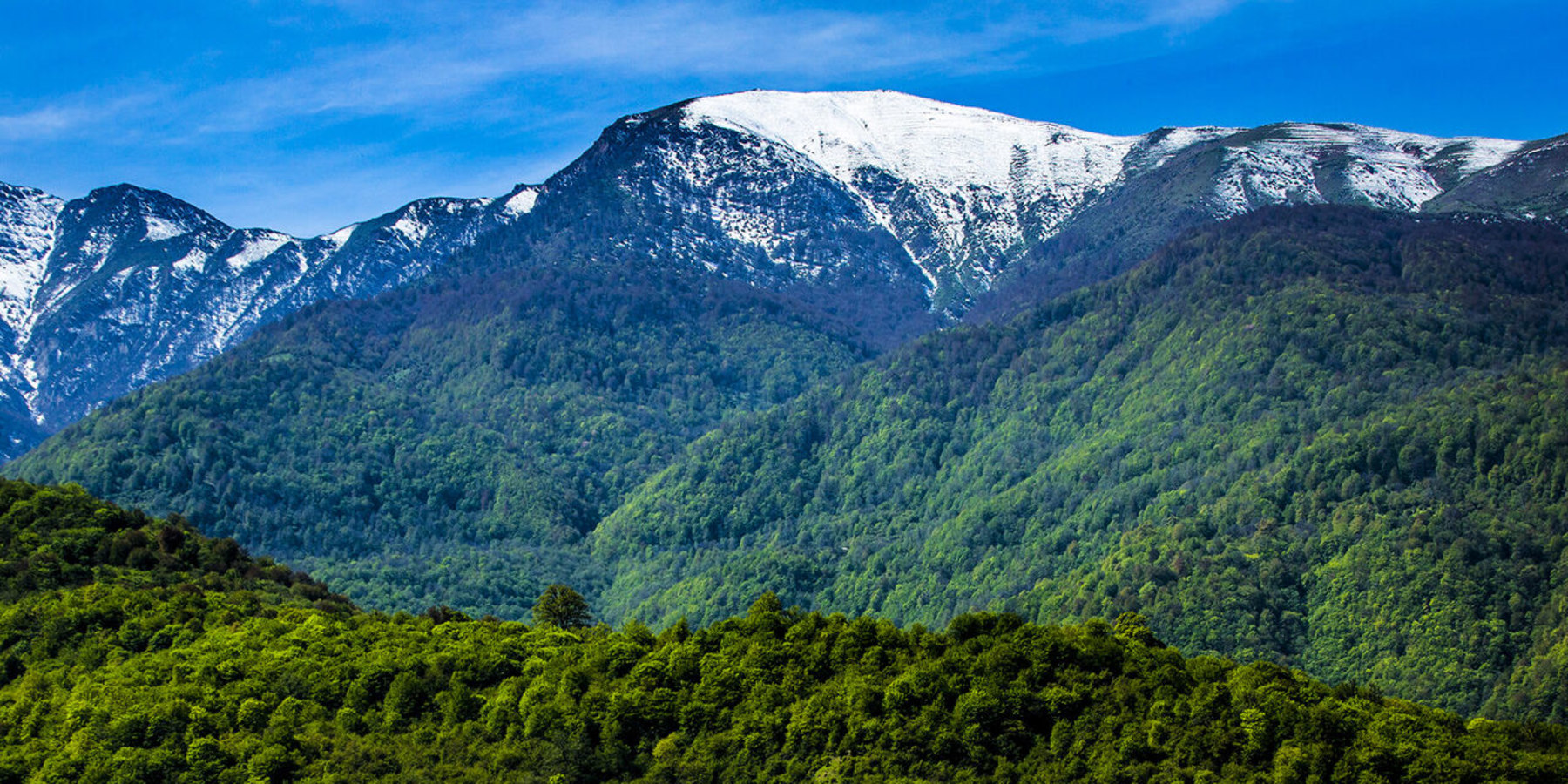
Caspian Hyrcanian mixed forests are the latest site to get listed in the UNESCO World Heritage list in 2019. They are one of the most valuable forests in the world that combine to make the second natural site of Iran in UNESCO.
There are some other names for these forests — for example, 'Live Fossils', 'Natural museum', 'The Oldest forest of the world in Iran'. Also, 'A reminder of the first period of forest on earth' and a 'Survivor of the Third Age of Geology and The Ice Age' are other names.
The location of these forests is in the south of the Caspian Sea. They are shared between the countries of Iran and Azerbaijan. These multi-million-year-old forests spread across five provinces of Iran. They spread from Astara in the north of Gilan province to Golidagh in the east of Golestan province. Just a small part of these forests are in Azerbaijan country.
The history of Hyrcanian Forests dates back to many years, and some even consider them to be as old as the dinosaurs. At present, the Hyrcanian Forests have 296 bird species and 98 mammal species. Also, it contains 150 native trees and shrubs, such as Bush and Evergreen. Among the essential attractions in the heart of these forests, some are more attractive - for instance, Golestan National Park, Abr forest in Shahrood, Jahan Nama Protected Area and Bula Protected Area. This area is now one of the ecological zones with Caspian Hyrcanian mixed forests' name. To clarify, it is one of the 200 green zones in the world. These live fossil forests in Iran have three climatic layers. Its summers are dry. It is humid in autumn and mild in winter. The weather conditions in the Hyrcanian area is very favourable. So, they were able to survive in the north of Iran for millions of years. They are the shelter of many animals.

